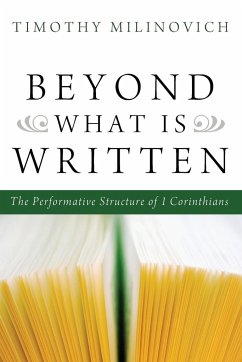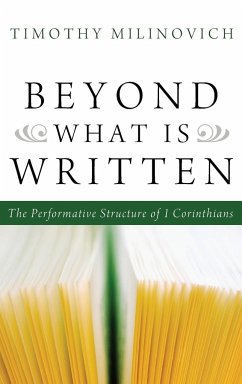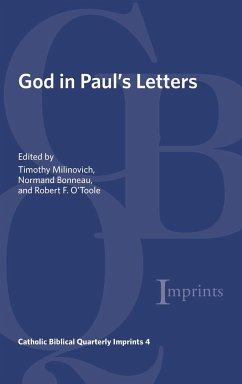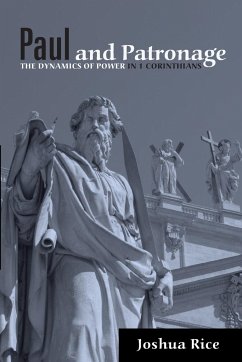This book engages the structure and message of 1 Corinthians within its most relevant context of late Western antiquity's oral culture. Using a text-centered methodology, Timothy Milinovich demonstrates and analyzes a series of concentric patterns (or ring formations) through which Paul develops his arguments to the Corinthian church. Such patterns were ubiquitous in oral cultures and their literature. These structures, which are defined by objective lexical repetitions, aid the interpretation of an overall concentric pattern of three sections (A, 1:1--4:21; B, 5:1--11:1; A¿, 11:2--16:24), nine ring sets (a, 1:1-17; b, 1:18--3:3; ä, 3:4--4:21; a, 5:1--6:20; b, 7:1-40; ä, 8:1--11:1; a, 11:2--14:40; b, 15:1-58; ä, 16:1-24), thirty-five ring units (e.g., 5:1-13; 10:1-17; 15:12-24), and numerous micro-rings (e.g., 4:6-8; 8:1-4). Analyzing these lexical repetitions presents a demonstrably coherent message as it progresses through the concentric portions of the text. These findings represent a departure from previous treatments of the letter as if it were a modern, linear essay. As shown throughout this work, many linear treatments view the units like wooden blocks, only to build a single, unbalanced tower, and thus can miss important rhetorical connections in the concentric textual units. Milinovich treats the units and sets like interlocking pieces to present the inherent cohesiveness of the complex yet integral exhortation to grace, love, and unity that Paul wished to convey to this community on the verge of collapse. Among the conclusions drawn in this book, Milinovich argues that many parallel ring sets together present an anti-imperial message, and that both 11:3-15 and 14:34-35 are likely later interpolations. Scholars, pastors, and students alike will find many useful elements for interpreting or preaching 1 Corinthians in the modern world.








